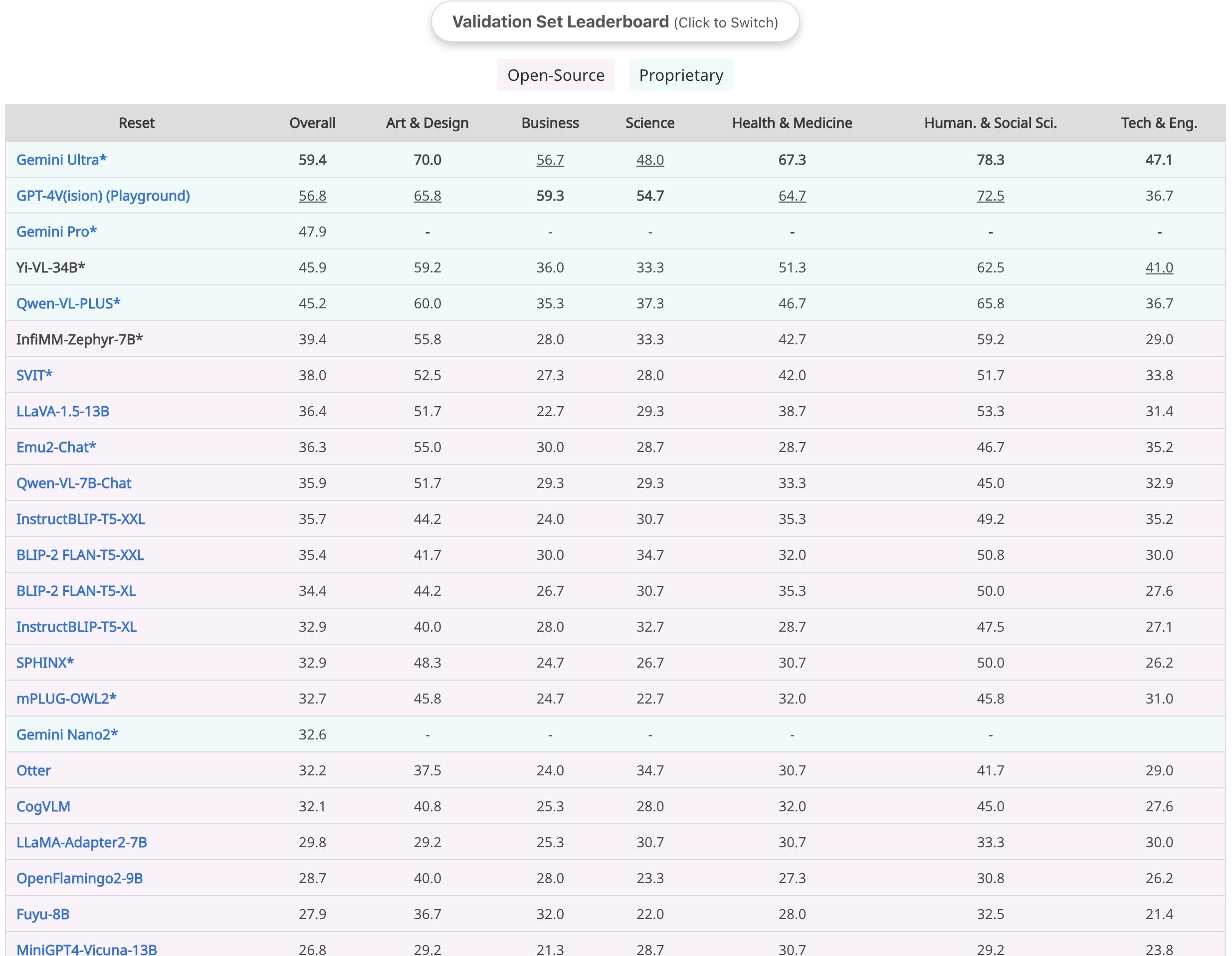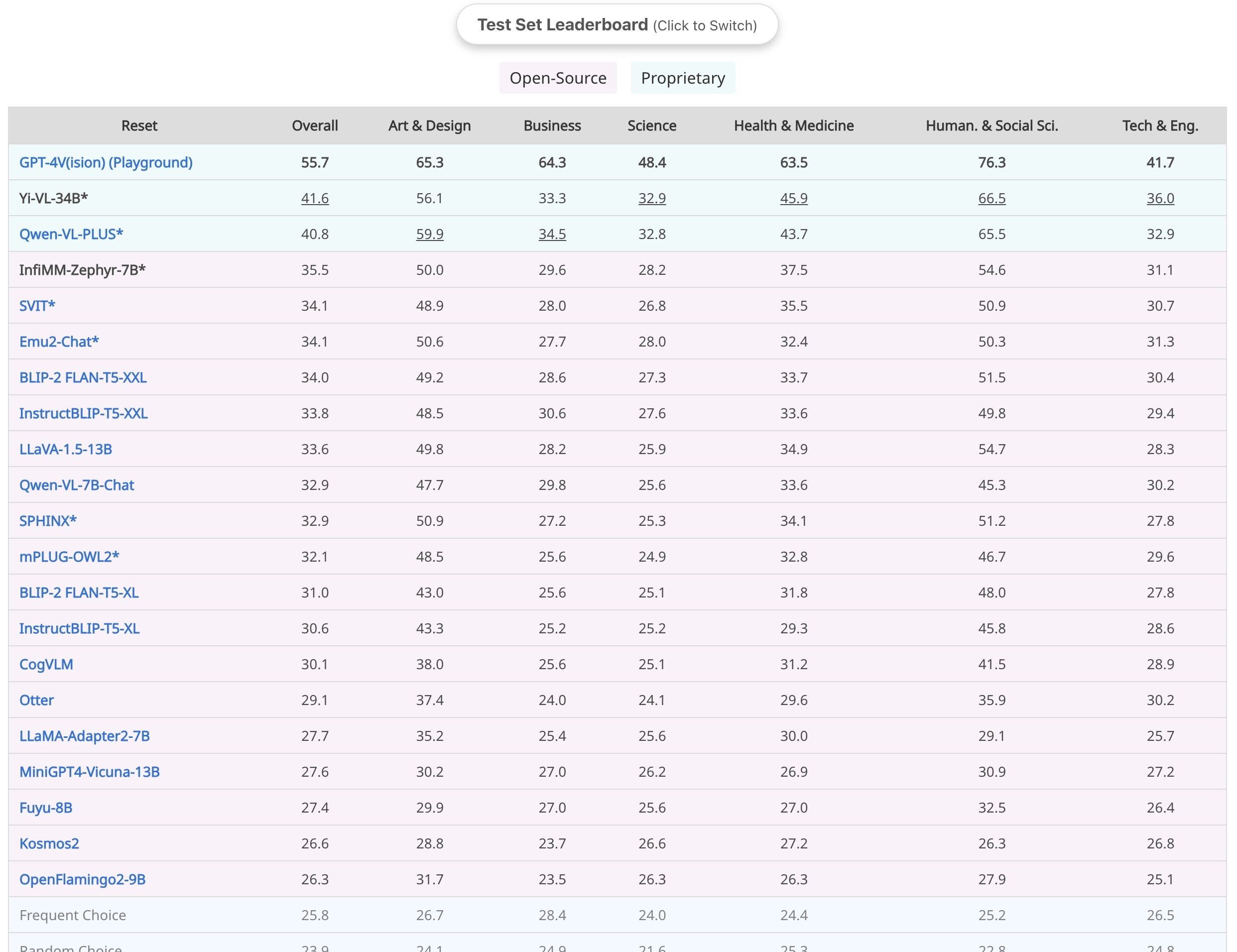
InfiMM
InfiMM, inspired by the Flamingo architecture, sets itself apart with unique training data and diverse large language models (LLMs). This approach allows InfiMM to maintain the core strengths of Flamingo while offering enhanced capabilities. As the premier open-sourced variant in this domain, InfiMM excels in accessibility and adaptability, driven by community collaboration. It's more than an emulation of Flamingo; it's an innovation in visual language processing.
Our model is another attempt to produce the result reported in the paper "Flamingo: A Large-scale Visual Language Model for Multimodal Understanding" by DeepMind. Compared with previous open-sourced attempts (OpenFlamingo and IDEFIC), InfiMM offers a more flexible models, allowing for a wide range of applications. In particular, InfiMM integrates the latest LLM models into VLM domain the reveals the impact of LLMs with different scales and architectures.
Please note that InfiMM is currently in beta stage and we are continuously working on improving it.
Model Details
- Developed by: Institute of Automation, Chinese Academy of Sciences and ByteDance
- Model Type: Visual Language Model (VLM)
- Language: English
- LLMs: Zephyr, LLaMA2-13B, Vicuna-13B
- Vision Model: EVA CLIP
- Language(s) (NLP): en
- License: see License section
Demo
Will be released soon.
Our model adopts the Flamingo architecture, leveraging EVA CLIP as the visual encoder and employing LLaMA2, Vicuna, and Zephyr as language models. The visual and language modalities are connected through a Cross Attention module.
Quickstart
Use the code below to get started with the base model:
import torch from transformers import AutoModelForCausalLM, AutoProcessor processor = AutoProcessor.from_pretrained("InfiMM/infimm-zephyr", trust_remote_code=True) prompts = [ { "role": "user", "content": [ {"image": "assets/infimm-logo.webp"}, "Please explain this image to me.", ], } ] inputs = processor(prompts) # use bf16 model = AutoModelForCausalLM.from_pretrained( "InfiMM/infimm-zephyr", local_files_only=True, torch_dtype=torch.bfloat16, trust_remote_code=True, ).eval() inputs = inputs.to(model.device) inputs["batch_images"] = inputs["batch_images"].to(torch.bfloat16) generated_ids = model.generate( **inputs, min_generation_length=0, max_generation_length=256, ) generated_text = processor.batch_decode(generated_ids, skip_special_tokens=True) print(generated_text)Training Details
We employed three stages to train our model: pretraining (PT), multi-task training (MTT), and instruction finetuning (IFT). Refer to the table below for detailed configurations in each stage. Due to significant noise in the pretraining data, we aimed to enhance the model's accuracy by incorporating higher-quality data. In the multi-task training (MTT) phase, we utilized substantial training data from diverse datasets. However, as the answer in these data mainly consisted of single words or phrases, the model's conversational ability was limited. Therefore, in the third stage, we introduced a considerable amount of image-text dialogue data (llava665k) for fine-tuning the model's instructions.
Pretraining (PT)
We follow similar training procedures used in IDEFICS.
The model is trained on a mixture of image-text pairs and unstructured multimodal web documents. All data are from public sources. Many image URL links are expired, we are capable of only downloading partial samples. We filter low quality data, here are resulting data we used:
Data Source Type of Data Number of Tokens in Source Number of Images in Source Number of Samples Epochs OBELICS Unstructured Multimodal Web Documents - - 101M 1 MMC4 Unstructured Multimodal Web Documents - - 53M 1 LAION Image-Text Pairs - 115M 115M 1 COYO Image-Text Pairs - 238M 238M 1 LAION-COCO Image-Text Pairs - 140M 140M 1 PMD* Image-Text Pairs - 20M 20M 1 *PMD is only used in models with 13B LLMs, not the 7B Zephyr model.
During pretraining of interleaved image text sample, we apply masked cross-attention, however, we didn't strictly follow Flamingo, which alternate attention of image to its previous text or later text by change of 0.5.
We use the following hyper parameters:
Categories Parameters Value Perceiver Resampler Number of Layers 6 Number of Latents 64 Number of Heads 16 Resampler Head Dimension 96 Training Sequence Length 384 (13B) / 792 (7B) Effective Batch Size 40*128 Max Images per Sample 6 Weight Decay 0.1 Optimizer Adam(0.9, 0.999) Gradient Accumulation Step 2 Learning Rate Initial Max 1e-4 Decay Schedule Constant Warmup Step rate 0.005 Large-scale Optimization Gradient Checkpointing False Precision bf16 ZeRO Optimization Stage 2 Multi-Task Training (MTT)
Here we use mix_cap_vqa to represent the mixed training set from COCO caption, TextCap, VizWiz Caption, VQAv2, OKVQA, VizWiz VQA, TextVQA, OCRVQA, STVQA, DocVQA, GQA and ScienceQA-image. For caption, we add prefix such as "Please describe the image." before the question. And for QA, we add "Answer the question using a single word or phrase.". Specifically, for VizWiz VQA, we use "When the provided information is insufficient, respond with 'Unanswerable'. Answer the question using a single word or phrase.". While for ScienceQA-image, we use "Answer with the option's letter from the given choices directly."
Instruction Fine-Tuning (IFT)
For instruction fine-tuning stage, we use the recently released LLaVA-MIX-665k.
We use the following hyper parameters:
Categories Parameters Value Perceiver Resampler Number of Layers 6 Number of Latents 64 Number of Heads 16 Resampler Head Dimension 96 Training Sequence Length 384 (13B) / 792 (7B) Effective Batch Size 64 Max Images per Sample 6 Weight Decay 0.1 Optimizer Adam(0.9, 0.999) Gradient Accumulation Step 2 Learning Rate Initial Max 1e-5 Decay Schedule Constant Warmup Step rate 0.005 Large-scale Optimization Gradient Checkpointing False Precision bf16 ZeRO Optimization Stage 2 During IFT, similar to pretrain, we keep ViT and LLM frozen for both chat-based LLM (Vicuna and Zephyr). For Llama model, we keep LLM trainable during the IFT stage. We also apply chat-template to process the training samples.
Evaluation
PreTraining Evaluation
We evaluate the pretrained models on the following downstream tasks: Image Captioning and VQA. We also compare with our results with IDEFICS.
Model Shots COCO CIDEr Flickr30K CIDEr VQA v2 Acc TextVQA Acc OK-VQA Acc IDEFICS-9B 0 46 27.3 50.9 25.9 38.4 4 93 59.7 55.4 27.6 45.5 IDEFICS-80B 0 91.8 53.7 60 30.9 45.2 4 110.3 73.7 64.6 34.4 52.4 InfiMM-Zephyr-7B 0 78.8 60.7 33.7 15.2 17.1 4 108.6 71.9 59.1 34.3 50.5 InfiMM-Llama2-13B 0 85.4 54.6 51.6 24.2 26.4 4 125.2 87.1 66.1 38.2 55.5 InfiMM-Vicuna13B 0 69.6 49.6 60.4 32.8 49.2 4 118.1 81.4 64.2 38.4 53.7 IFT Evaluation
In our analysis, we concentrate on two primary benchmarks for evaluating MLLMs: 1) Multi-choice Question Answering (QA) and 2) Open-ended Evaluation. We've observed that the evaluation metrics for tasks like Visual Question Answering (VQA) and Text-VQA are overly sensitive to exact answer matches. This approach can be misleading, particularly when models provide synonymous but technically accurate responses. Therefore, these metrics have been omitted from our comparison for a more precise assessment. The evaluation results are shown in the table below.
Model ScienceQA-Img MME MM-VET InfiMM-Eval MMbench MMMU-Val MMMU-Test Otter-9B - 1292/306 24.6 32.2 - 22.69 - IDEFICS-9B-Instruct 60.6 -/- - - - 24.53 - InfiMM-Zephyr-7B 71.1 P: 1406
C:32732.8 36.0 59.7 39.4 35.5 InfiMM-Llama-13b 73.0 P: 1444.5
C: 337.639.2 0.4559/0.414 66.4 39.1 35.2 InfiMM-Vicuna-13B 74.0 P: 1461.2
C: 323.536.0 40.0 66.7 37.6 34.6 Leaderboard Details

MMMU-Val split results

MMMU-Test split results
Citation
@misc{InfiMM, title={InfiMM: Advancing Multimodal Understanding from Flamingo's Legacy through Diverse LLM Integration}, author={InfiMM Team}, url={https://huggingface.co/Infi-MM/}, year={2024} }License

This project is licensed under the CC BY-NC 4.0.
The copyright of the images belongs to the original authors.
See LICENSE for more information.
Contact Us
Please feel free to contact us via email infimmbytedance@gmail.com if you have any questions.
- Downloads last month
- 9